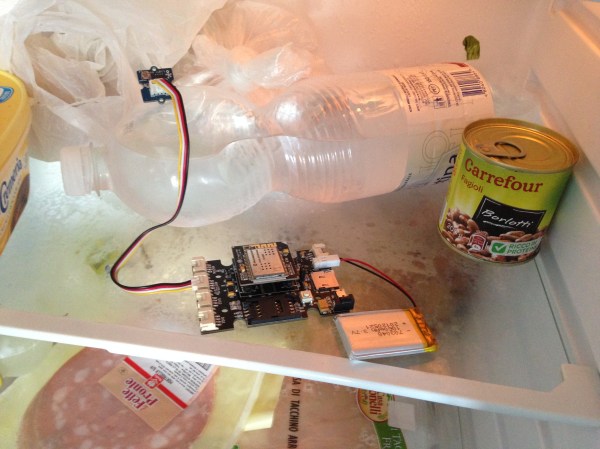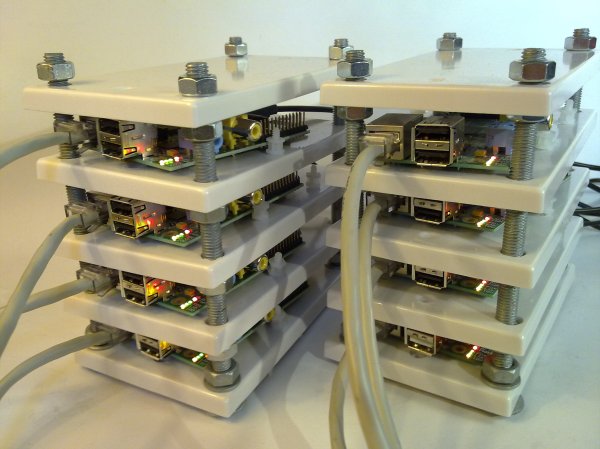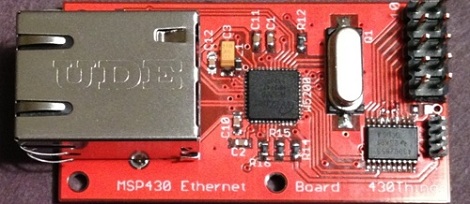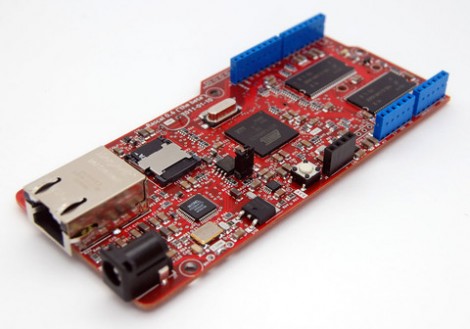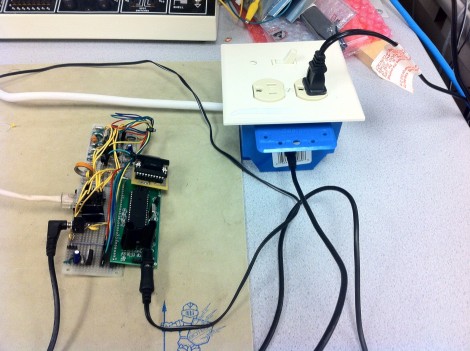For anyone who gets a late-night craving for anything out of the refrigerator and needs some help in the willpower department, [Claudio] may have the project for you. He has just finished work on a project that sends out an alarm when the refrigerator door opens, alerting others that you’re on the prowl for munchies.
The device uses a light sensor connected to an OpenPicus IoT kit that contains a FlyportPRO Wi-Fi module. When the refrigerator door is opened, the device sends out an email message via a web server, which can be sent to whomever you choose. All of the project’s code and instructions are available on the project site as well.
The project is pretty clever in that no actual interfacing with the refrigerator is required, beyond running a power cable through the seal of the door (although [Claudio] notes that the device will run on a lithium battery as an option). The web server itself can be set up to send out alarms during any timeframe as well, allowing a user to customize his or her nighttime snacking window. If you’re looking for a less subtle approach, we’d recommend the fridge speakers with a volume setting of 11.

